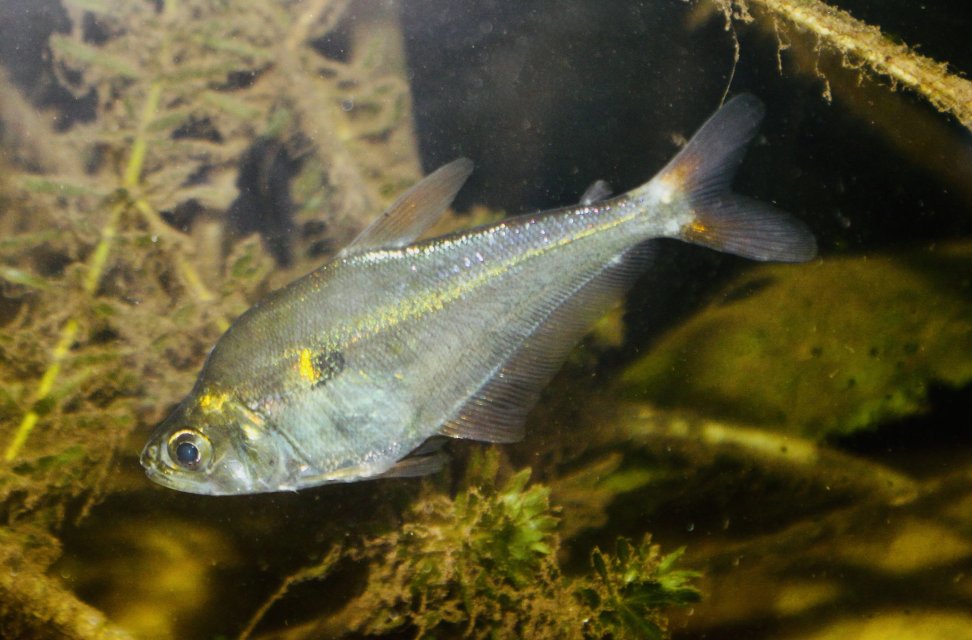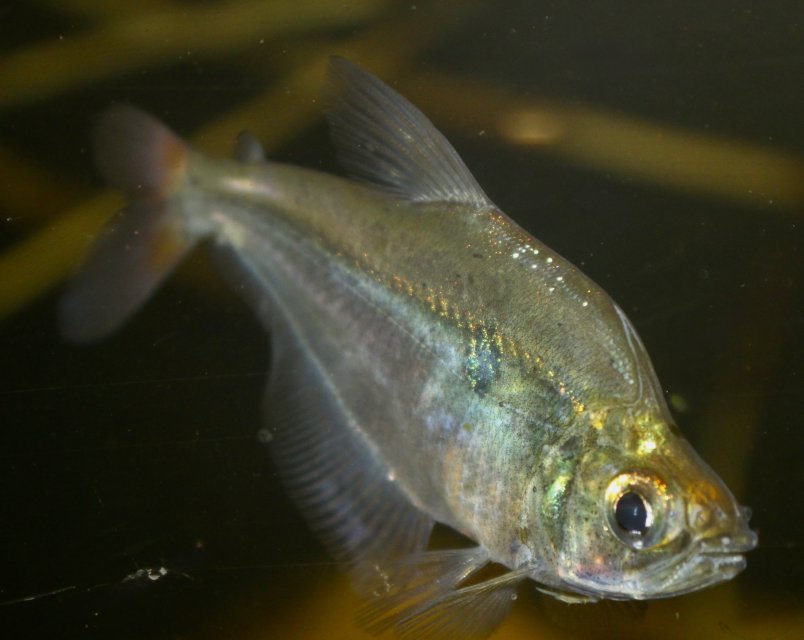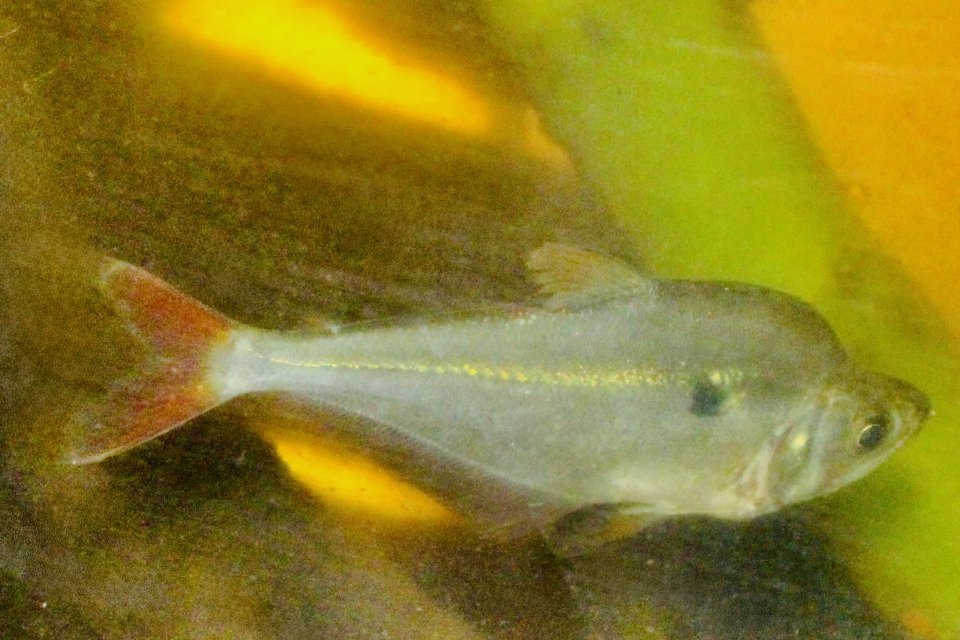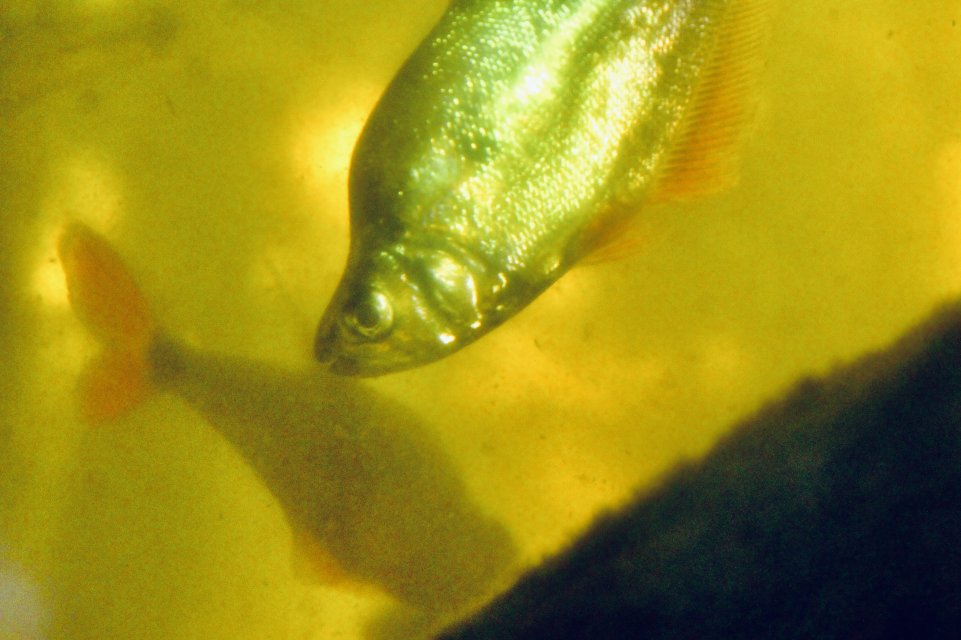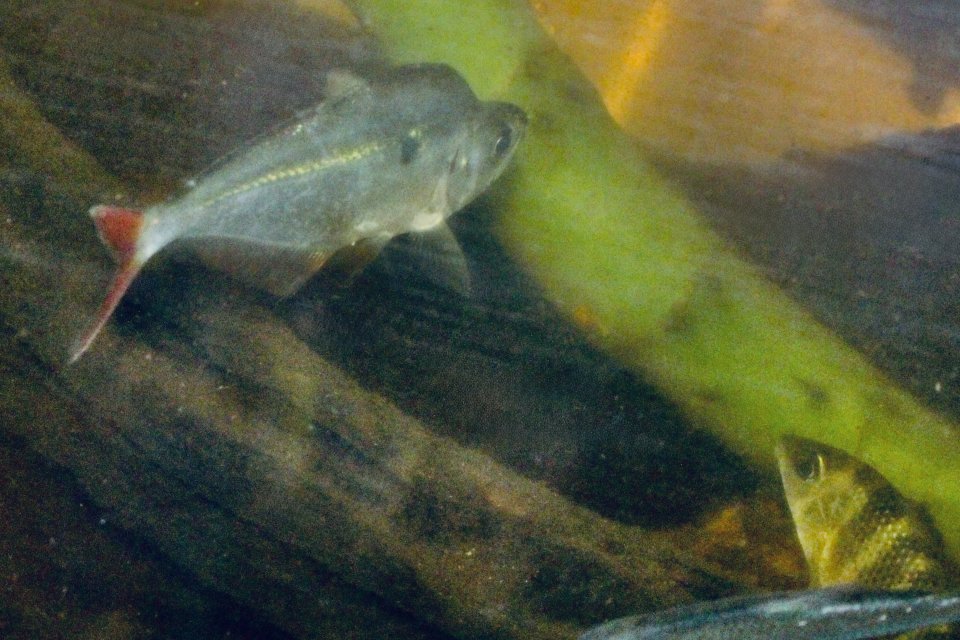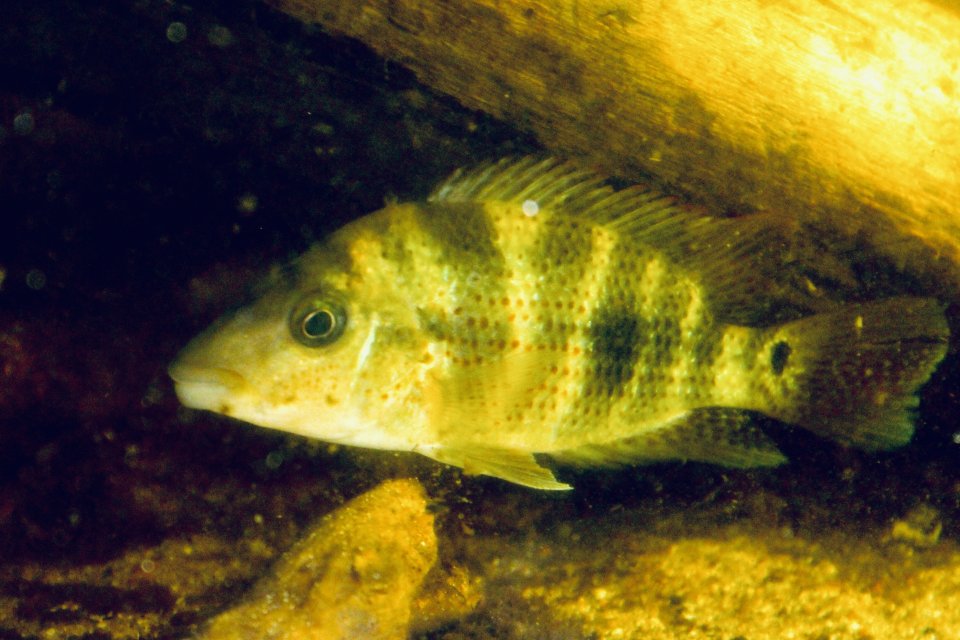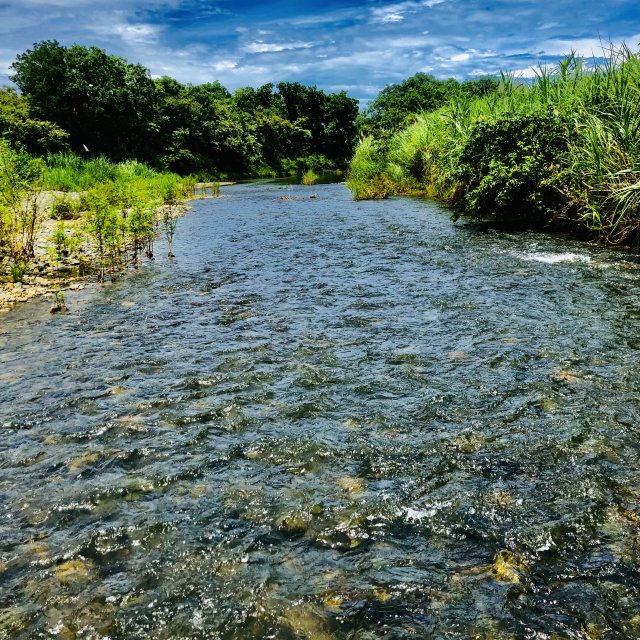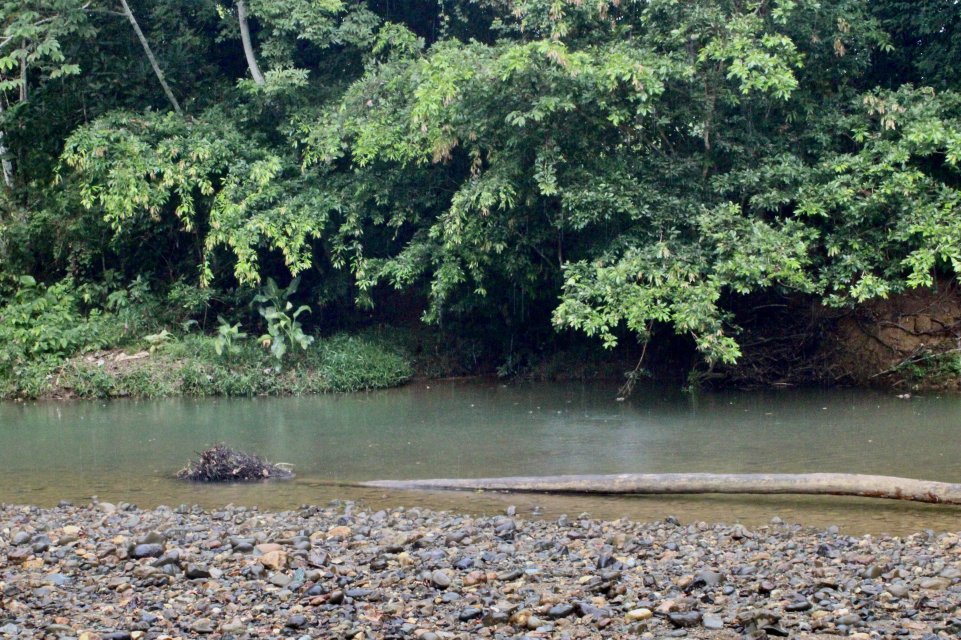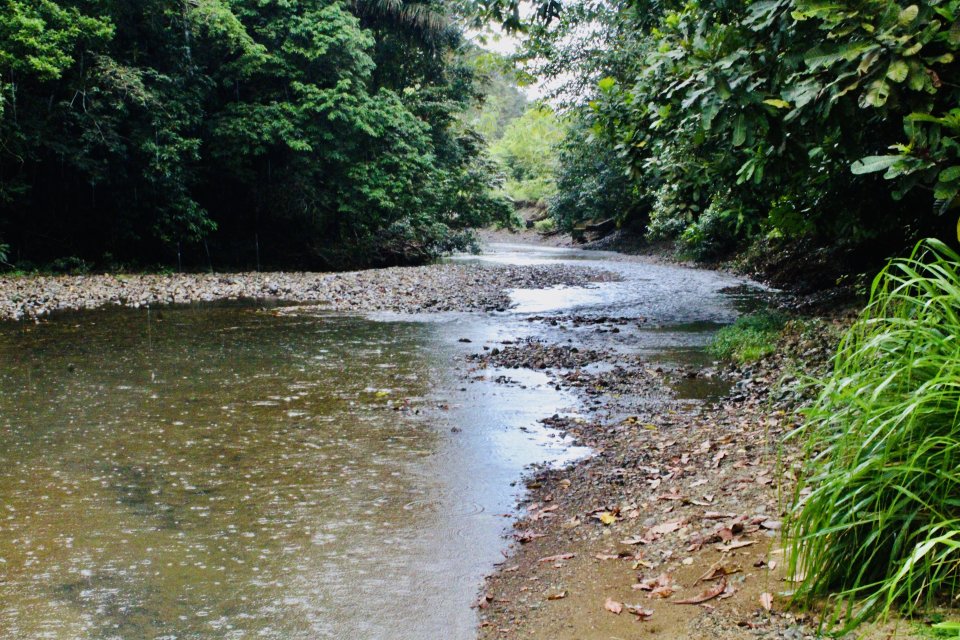
Yesterday Dani Atencio, his teen age son and I made the 43 mile (70 K) drive east to collect the Rio Terable in Chepo Panama, a just under 2 hour drive one way.
We started out figuring we were were going to collect only that river.
But after arriving, and standing on the highway overpass, what was supposed to be a river, was just a series of glorified puddles.
While heading to the Rio Terrible, we had passed the Rio Uni, and it appeared have water, “and” a convient side road access.
It was raining lightly, but looked promising.
On Dani’s first cast, he caught 2 semi-adult Darienheros,
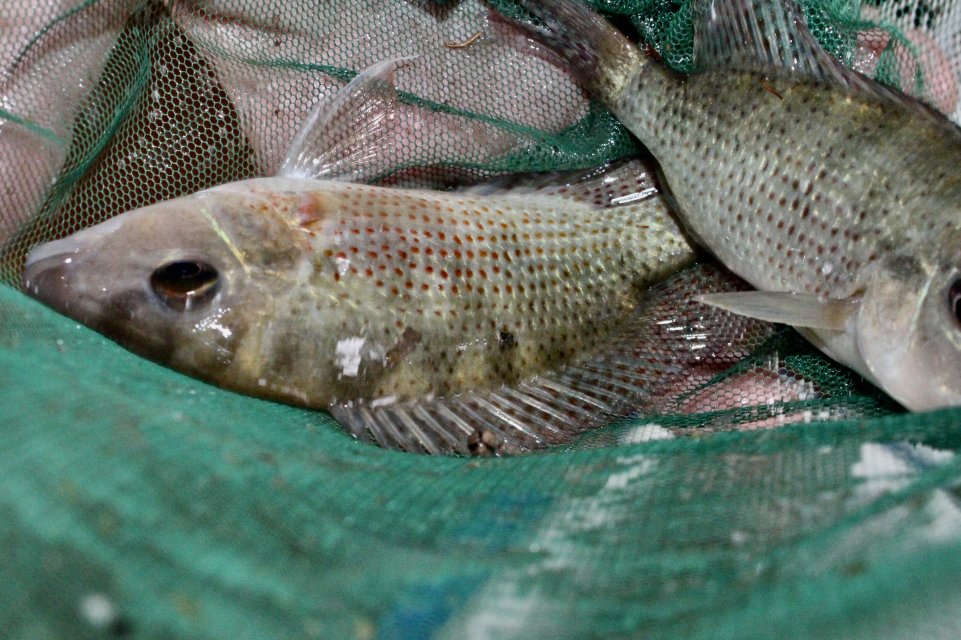
and on my first cast, about a half dozen of the largest I'd seen so far, Roeiboides tetras were landed.
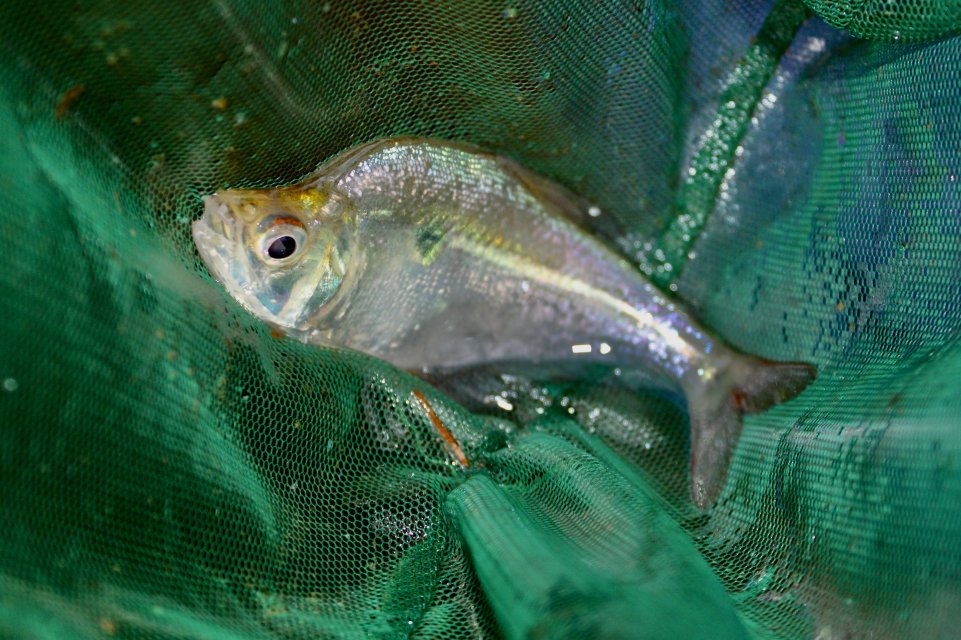
After that, a @ 6 “ Ctenolucius beani, a similar sized predatory Gobiomorus , and another younger and smaller Darinheros were also netted.
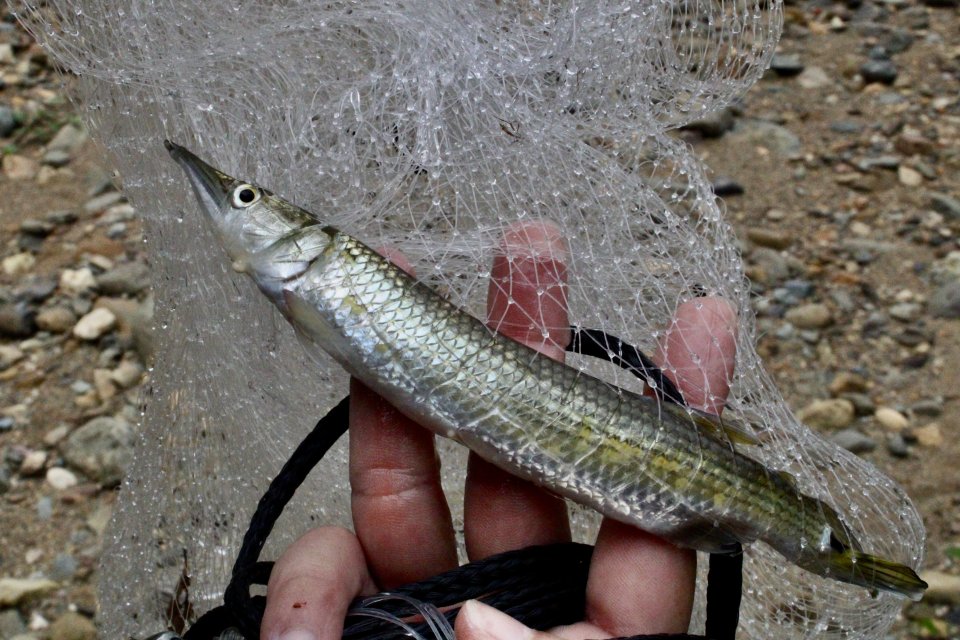
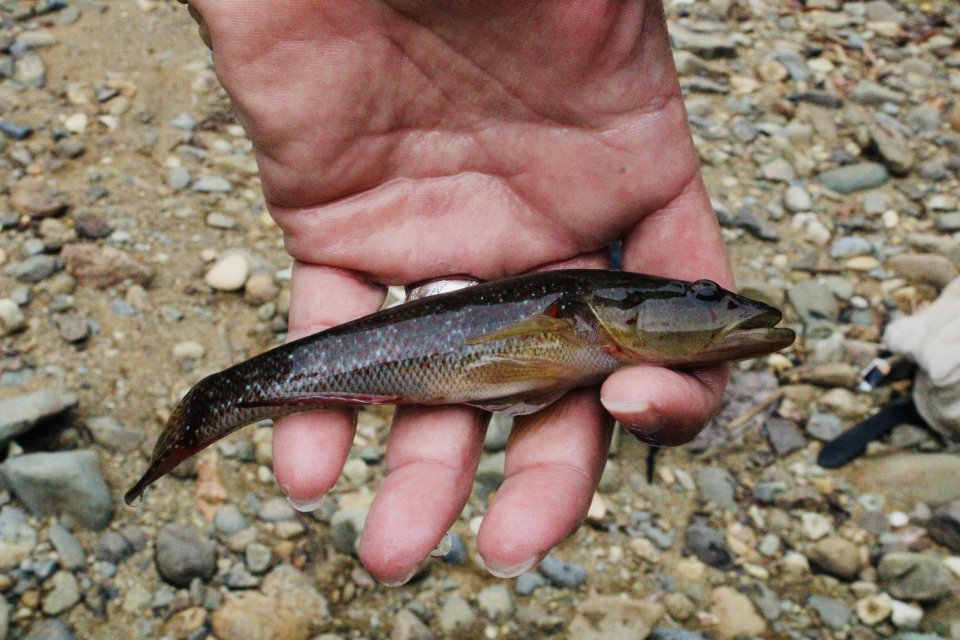
In all, we spent the next 3 hours at the Rio Uni, but because traffic gets heavy in Panama City on weekends, and in order to make my ferry back to the island on time, tha was our allotted time limit.
I did manage to test for nitrate and pH while there, and as usual, nitrates did not register, but due to a week of downpours, pH was slightly lower than normal, maybe 7.8 or 8, to my old eyes.
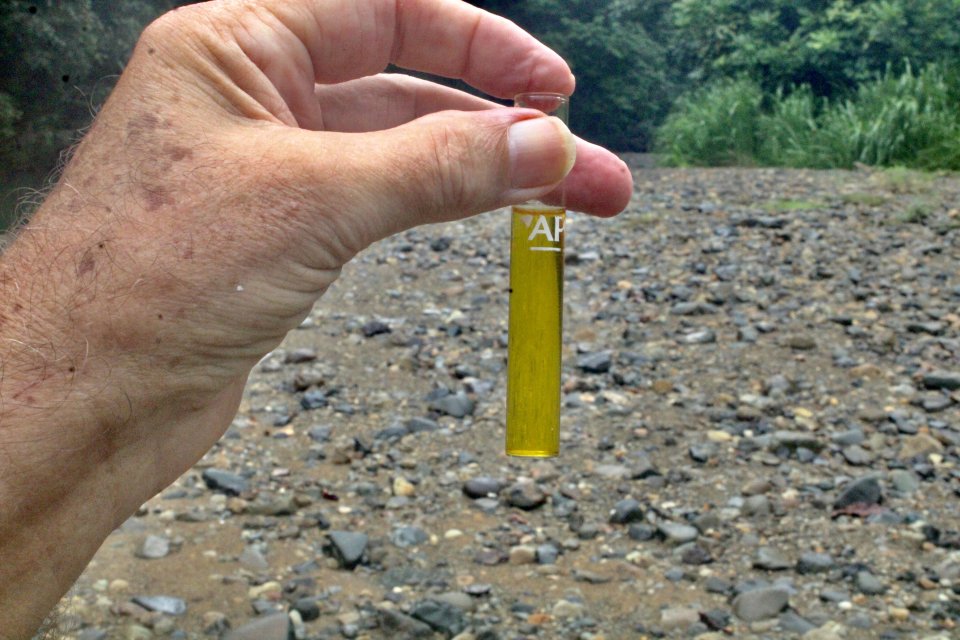

Substrate in the river is mostly rock, and sand, interspersed with layers of leaf litter. No aquatic vegetation was spotted, but the opposite banks were thick with terrestrial plants and trees that extended roots into the waters.
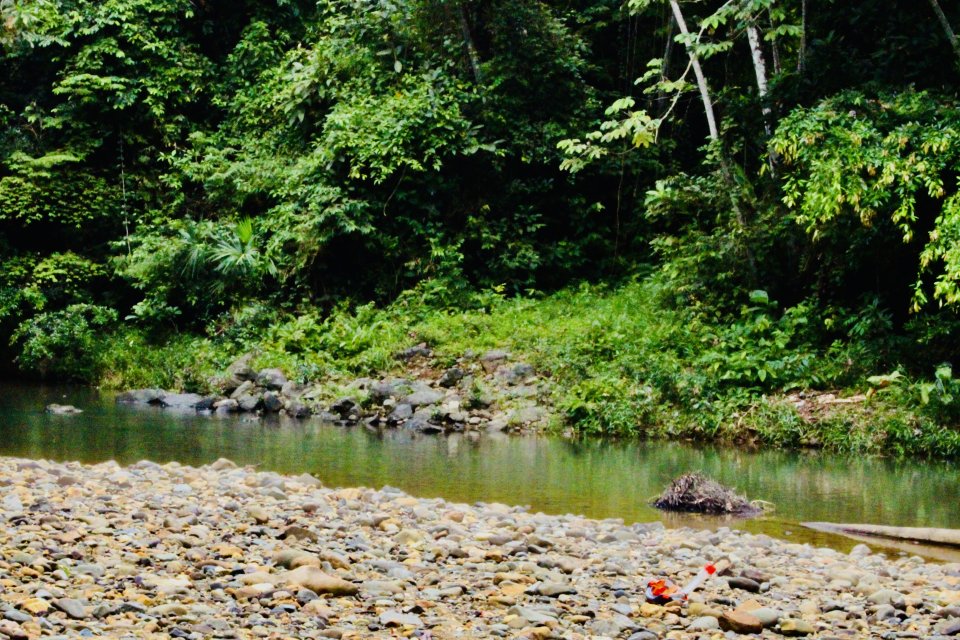
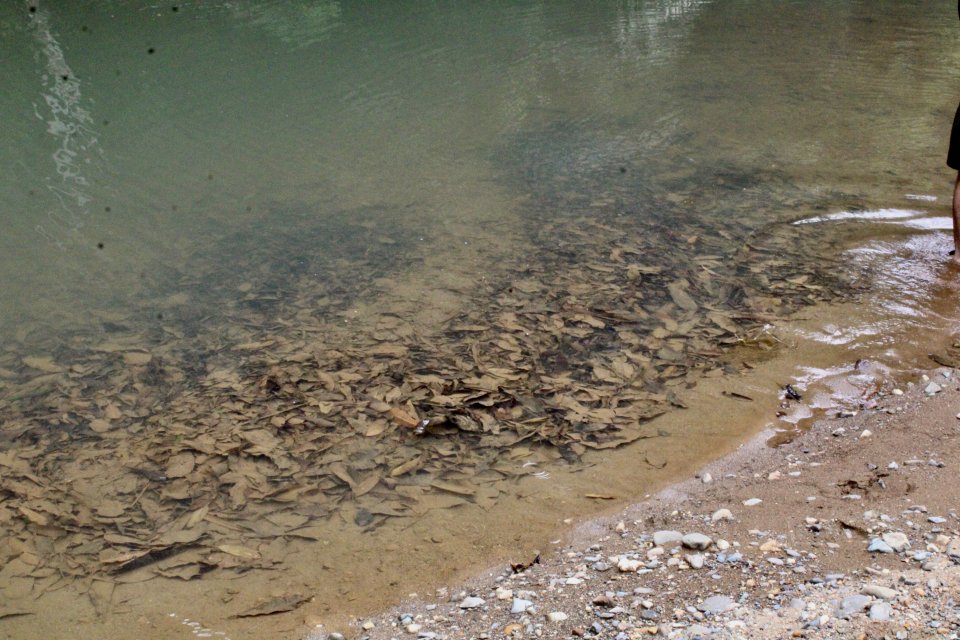
The river was not wide, (at the widest, maybe 20 ft), and mostly shallow, especially in the riffles, but occasionally hollowed out on the opposite side, with some deeper pools, and this is where we ended up casting our nets to find fish.
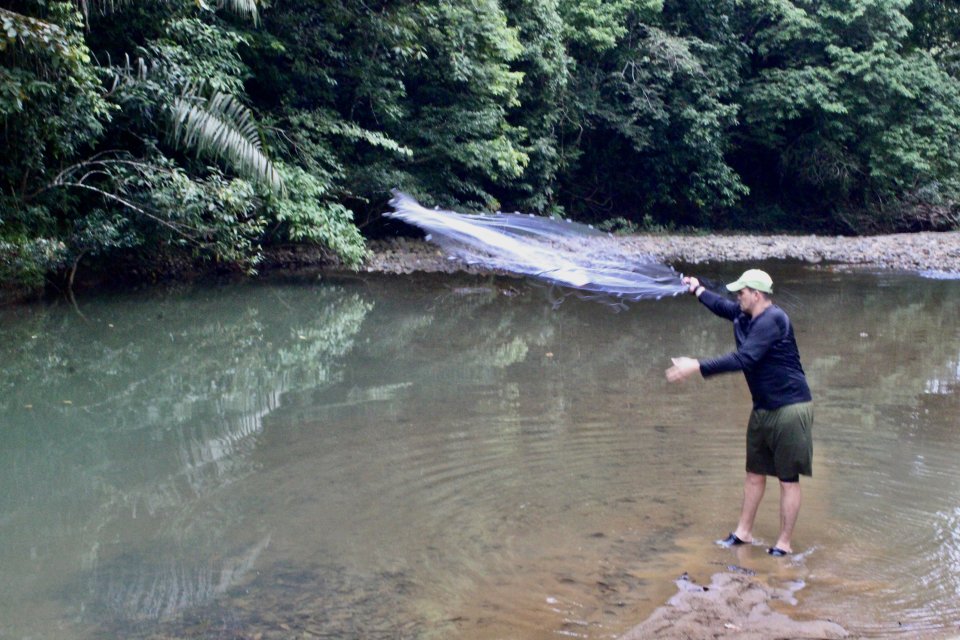
Last edited:




